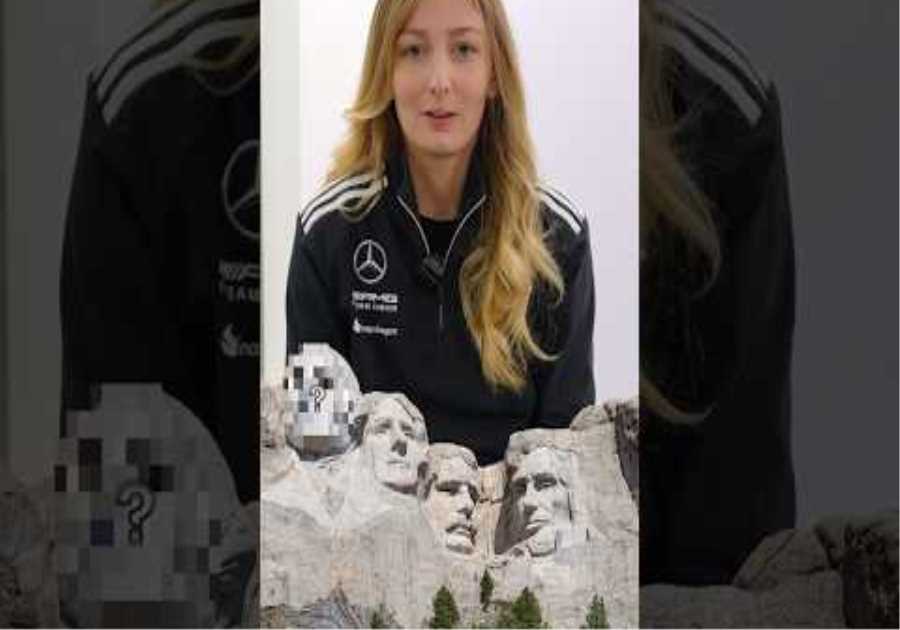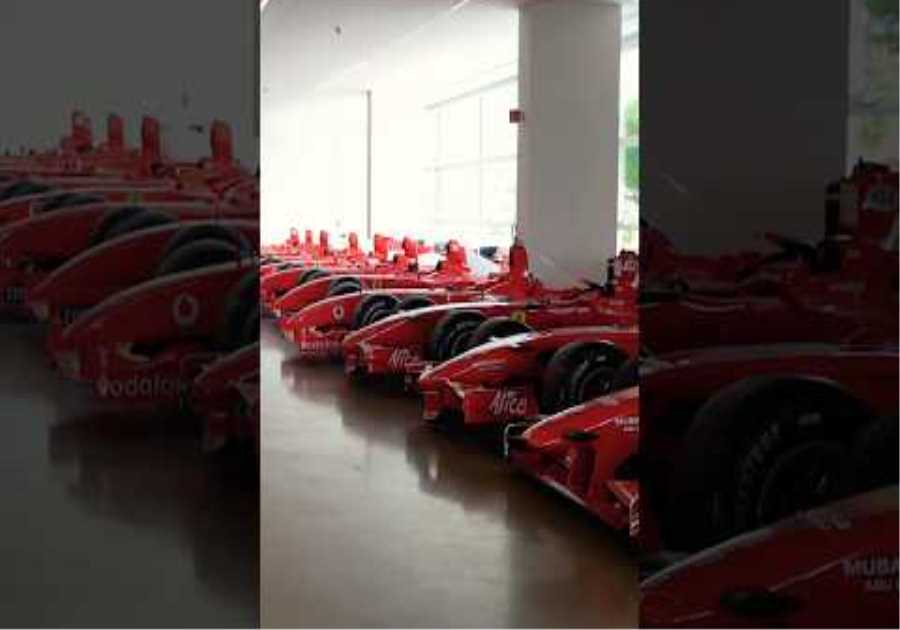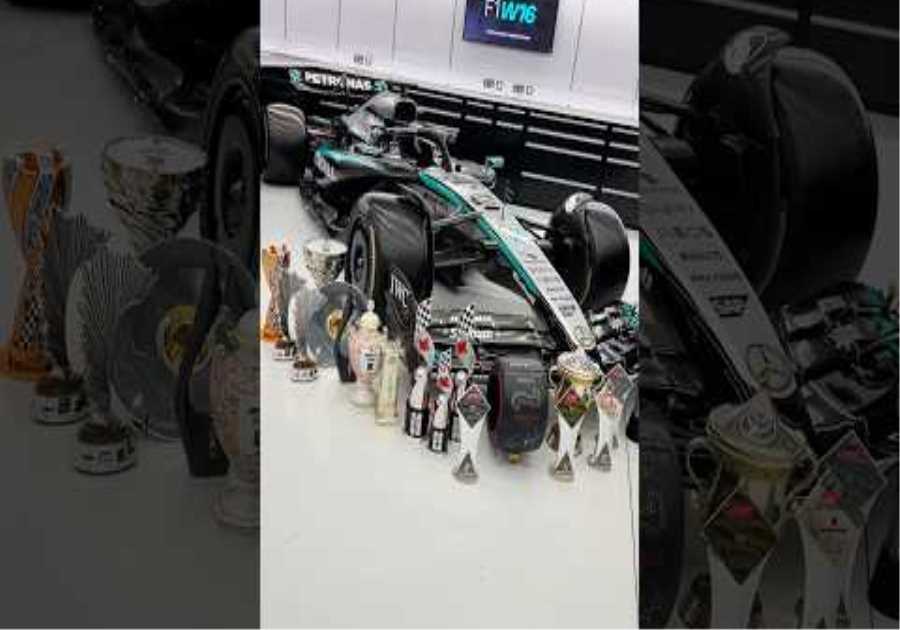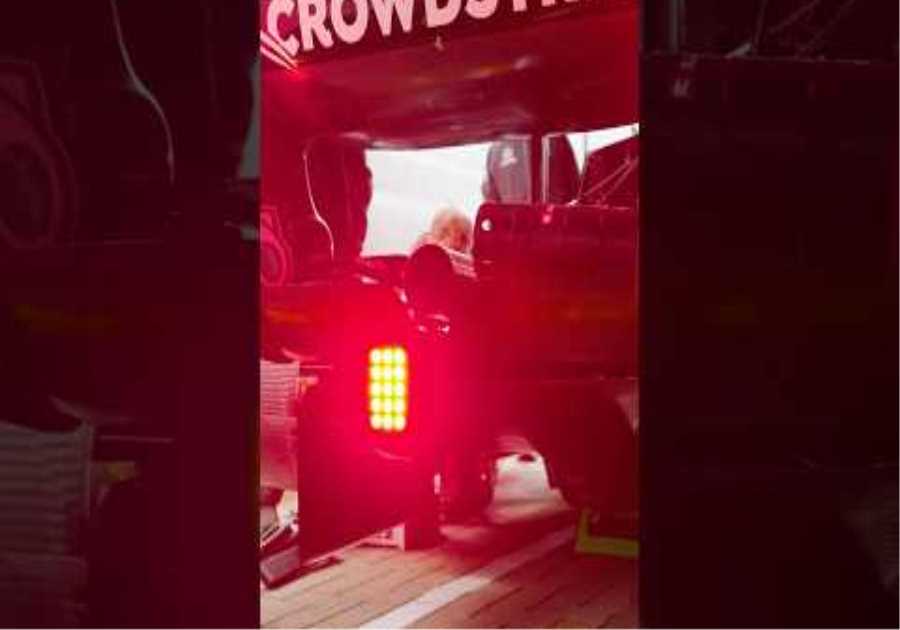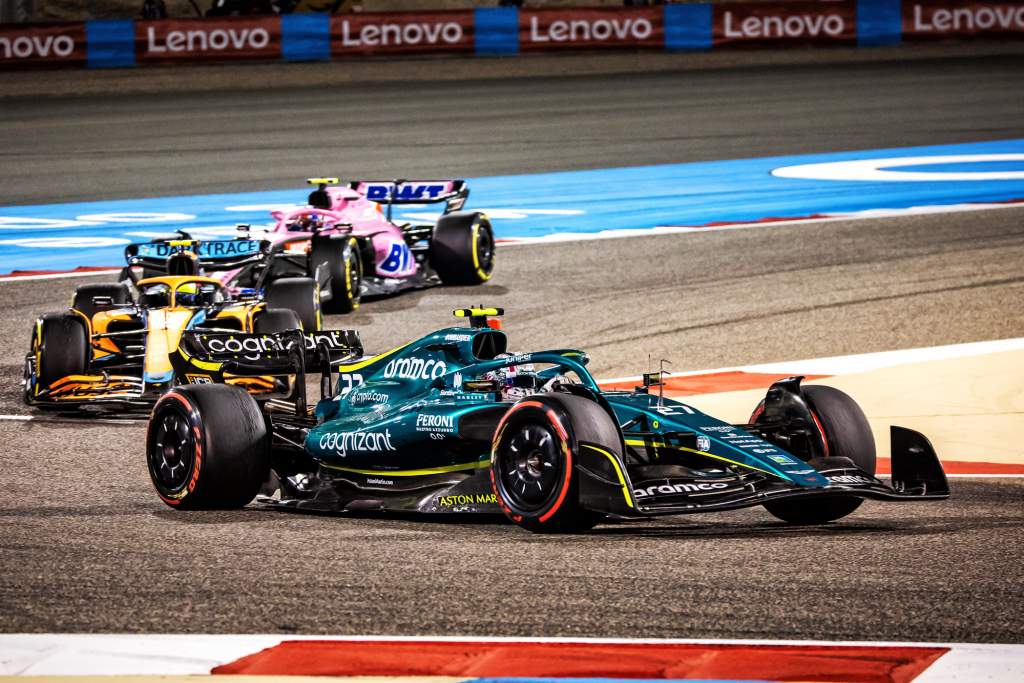
Aston Martin has “all the options open” in developing its 2022 Formula 1 car, increasing the likelihood the AMR22 will undergo one of the biggest transformations this season.
Upgrades will be a key theme in F1 this season with all-new cars putting teams on a steep learning curve.
Aston Martin had a poor start to the season in Bahrain but before that was already known to be working on significant development items.
Performance director Tom McCullough recently told media including The Race: “The car you’re seeing now is nothing like the car we have in the wind tunnel.”
There is one rumor that Aston Martin could have a completely different sidepod and floor design for the second half of the year to maximize performance in this new ground-effect era.
Presently it is the only Mercedes-engined team to opt for a wide sidepod with a big undercut.
But Aston Martin is not just going to sit idly until a major overhaul comes (if it comes at all). It is likely the AMR22 will have new parts at this weekend’s Saudi Arabian Grand Prix, for instance.
This will follow small changes to the sidepod inlets, forward strake on the floor and halo winglets in Bahrain.
“The real changes and the testing we are doing in the background are the bits you can’t really see,” says chief technical officer Andrew Green.
“It’s the venturis under the car, that’s where all the work gets done.”
There are broadly two strands of development for teams at the moment: the longer lead time projects that could have been in the works for many weeks, and the parts that teams will be working on now the cars have hit the track and the first meaningful lessons are learned.
Any development items in the second category will take time to be implemented.
“Concept wise, I think it would be really difficult [to change mid-season],” says team principal Mike Krack when asked by The Race if a major design or concept change is possible as part of Green’s stated aim of avoiding development “cul-de-sacs” with the AMR22’s base specification.
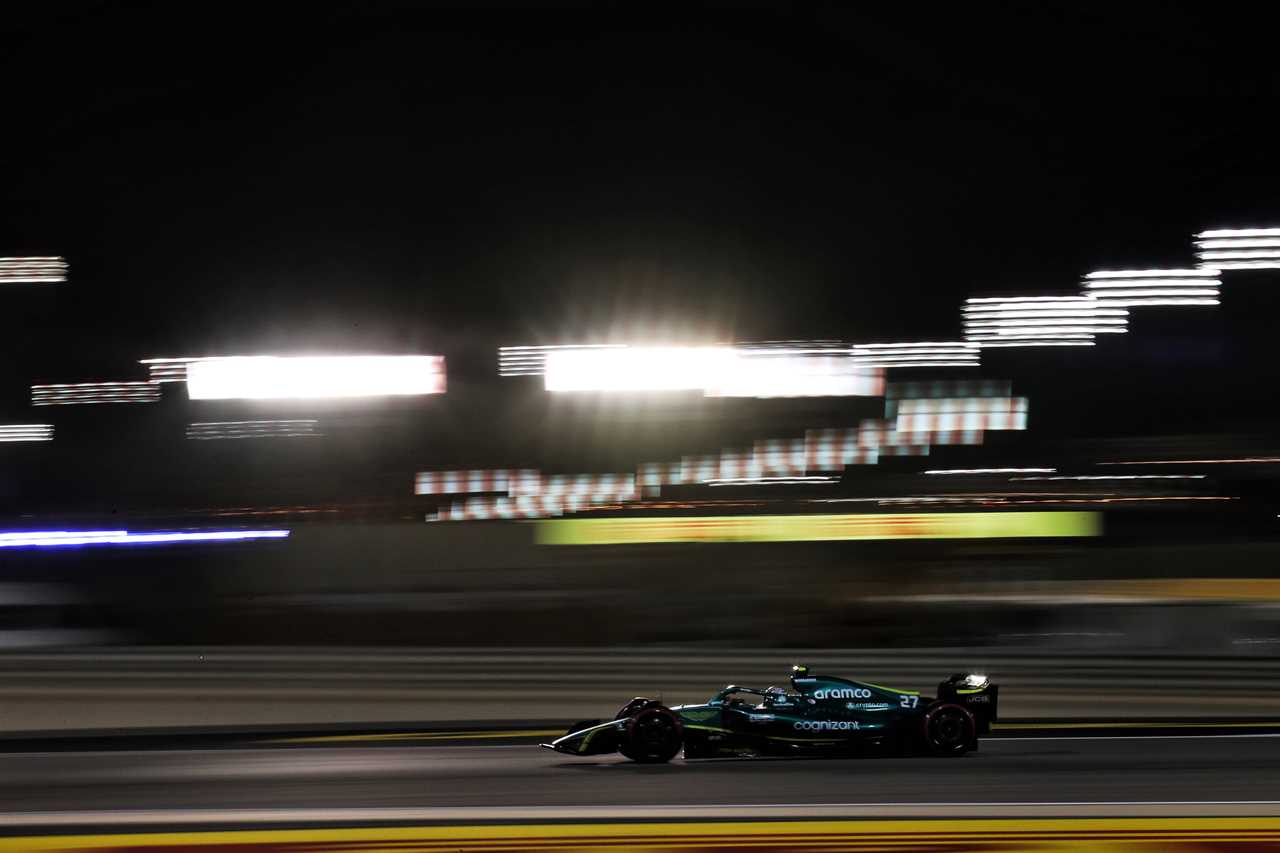
“But this is a team that has done this job for many, many years so they knew where they have to build flexibility in the basic concept that you can adjust it and in other areas you’ll be a bit less compromise-oriented.
“I think we still have all the options open. What we are facing now is these trips, this triple-header with the test, then we go to Australia – you have all these logistical hurdles.
“If you had three or four events in Europe, you can just bring parts and parts and parts.
“This is an additional challenge.”
Whatever Aston Martin has in store in the short-term will have pre-dated its point-less start to the season in Bahrain, although depending on the complexity of the part it is plausible that testing will have result in some rapid solutions.
But in general, to put the early on-track lessons into the team’s development cycle, get it on the car and get performance will take time. Especially when it comes to areas like the floor.
“These are complicated cars and some of these parts are really quite large and they take a lot of time to design and manufacture,” says Green. “So it’s going to take a while.”
Green revealed during the Bahrain Grand Prix weekend that Aston Martin’s big limitation at the moment is porpoising, the high-frequency bouncing occurring at high speed because of the ground-effect aero.
Aston Martin has estimated this is worth in excess of half a second in laptime.
Tapping into that restricted performance is the key. But this phenomenon was new to all teams when they ran their cars for the first time so Aston Martin has had to reallocate development time to explore the issue.
There is no quick fix without sacrificing performance. Green says “we’ve had to make quite a few compromises to the car set-up to be able to run without it porpoising”.
In addition, any testing it is doing to find a proper solution to the porpoising, and any subsequent physical changes to the car that brings, will be separate to long lead time developments that were already in the works.
These will either have to be delayed, scrapped entirely if they do not fit with Aston Martin’s tweaked design direction, or juggled alongside the ‘live’ development.
“This is the critical bit because each time the car is running, you have new analysis, and you have a new data point,” says Krack.
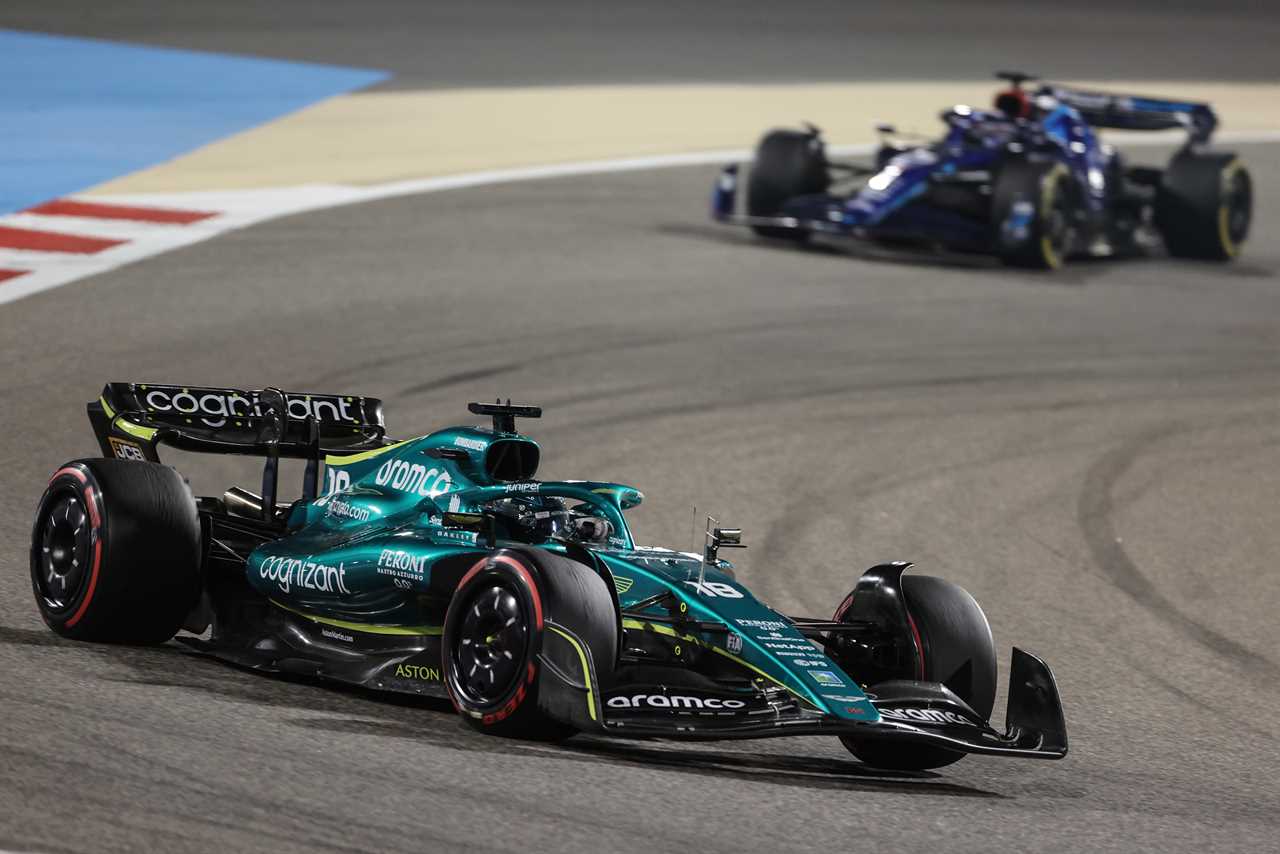
“But sometimes the data point is in another direction than the one you had thought of.
“So it could be that you have taken a direction, but you need to change while already parts are being made.
“It’s a constant juggling act [to decide] if we take the right decision, because also with the cost cap, you must not do five different parallel avenues.
“And we must also not forget, we are still a small team. We cannot just run parallel developments [anyway].”

